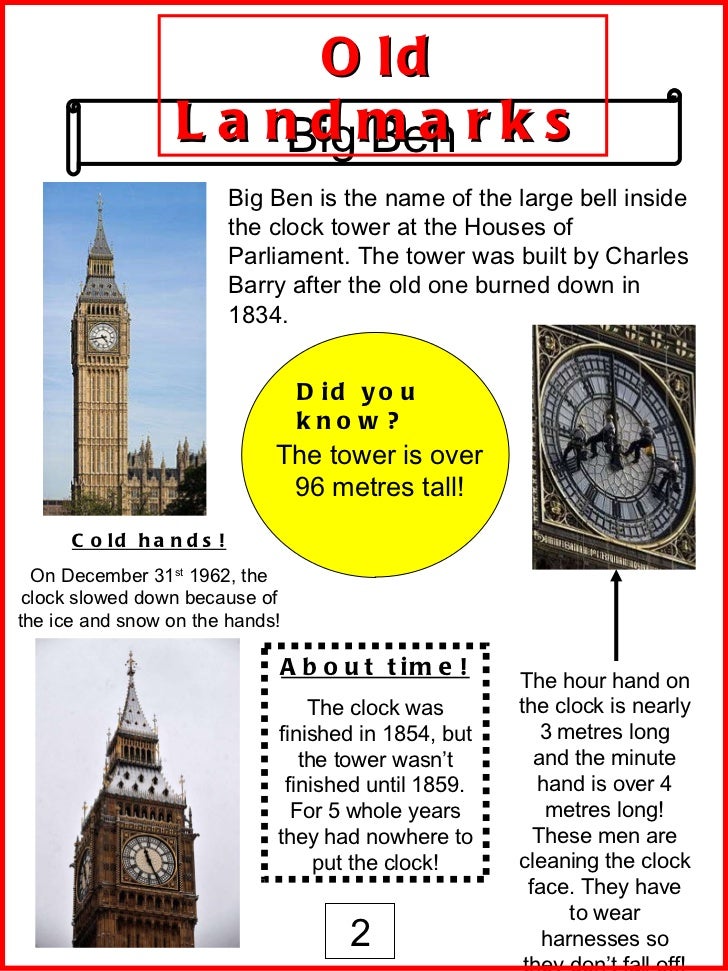

British Pennies are used to adjust the time in London’s Big Ben clock tower.ģ. London’s “Big Ben” refers to the bell inside the tower, not the tower itself, which is officially known as “Elizabeth Tower” and was completed in 1859.Ģ.

So, let’s set the clock and uncover these 15 intriguing Big Ben facts that will make you feel like a “tower” of wisdom! 1-5 Fun Facts About Big Benġ. Whether you’re a history buff or simply curious about this architectural marvel, these facts will leave you “tickled” with knowledge.

From its construction to its famous timekeeping mechanism, we’re delving into the secrets and stories behind this legendary clock tower. Standing tall in the heart of London, Big Ben has captured the imaginations of people around the globe with its imposing presence and rich history. The nearest train station is Waterloo, a 12-minute walk away.Get ready to chime in with 15 fascinating facts about one of the world’s most iconic landmarks, Big Ben. The nearest Underground station is Westminster, a 4-minute walk away, while a number of buses stop at Parliament Square on Victoria Street, directly opposite. Getting to Big Benīig Ben is located in Westminster in Central London. Inside the tower, 334 stone steps may be climbed to the top from which stunning views of the city can be observed, as well as the famous bell itself!įor foreign visitors, the adjoining Houses of Parliament may be explored, which provide a fascinating look into the heart of Britain’s government, while the surrounding area also features of host of London’s most interesting sites – Westminster Abbey, Parliament Square, the Cenotaph and 10 Downing Street to name a few. Tours inside the tower itself are available to citizens of the UK, who are required to contact their local MP in order to get tickets and must arrive on a scheduled day. Thousands of visitors flock to Westminster to view its stunning design and vast proportions, widely considered a marvel of Victorian architecture. Today Big Ben is one of the most recognisable symbols of London in the world, with the catchy nickname now encompassing the clock tower as a whole. Another popular, although less likely, theory is that it was named after Ben Caunt, a champion heavyweight boxer of the mid-19th century who also went by the nickname. While it is unclear exactly where the name Big Ben originated, it is thought to have been named after Sir Benjamin Hall, the man in charge of commissioning the structure. When it was unveiled, it was the largest and most accurate four-faced striking and chiming clock in the world, and on each of its sides is represented one of the four nations of the United Kingdom – a rose for England, thistle for Scotland, shamrock for Northern Ireland, and leek for Wales. The tower itself is named Elizabeth Tower and, along with its collection of bells and four vast clock faces, was constructed between 18 in the neo-Gothic style. Though the name ‘Big Ben’ is often attributed to the entire clock tower attached to the Houses of Parliament, it is actually the nickname of its largest bell – also known as the Great Bell. Big Ben is one of the United Kingdom’s most iconic landmarks, and has for almost two centuries towered over Westminster’s busy streets to the awe of Londoners and tourists alike.


 0 kommentar(er)
0 kommentar(er)
